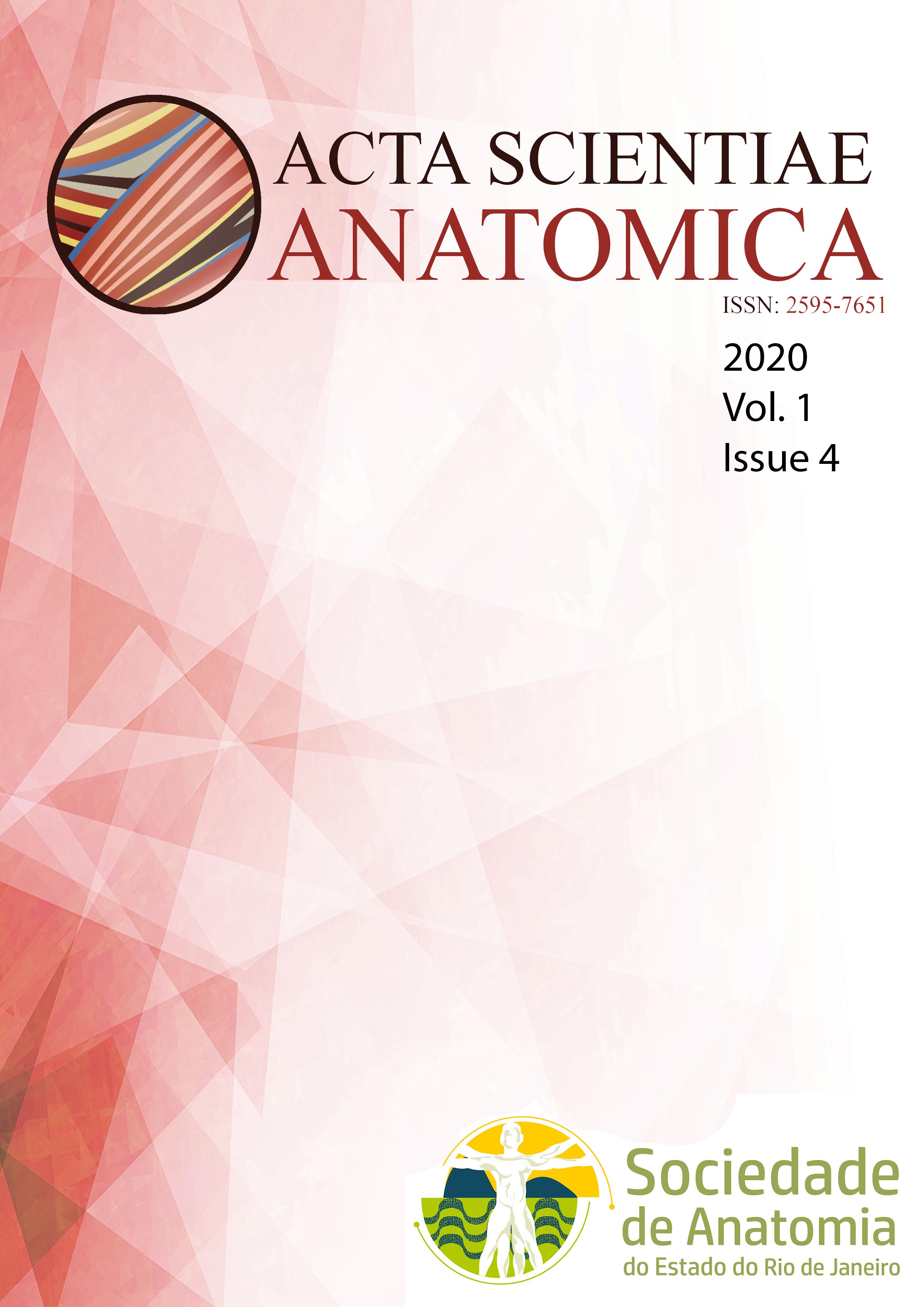The Hausa face: an ethnic study from Nigeria
DOI:
https://doi.org/10.65053/asa20200403Keywords:
facial lenght, facial width, prosopic index, HausaAbstract
Introduction: Over the years, physical anthropologists have used the metric variables obtained from the skull in the determination of an individual’s sex, race as well as his/ her ethnicity to help provide a detailed and accurate description of the individual. The study objective was aimed at investigating the various face types, facial length, facial width, prosopic index and also the influence of gender on face type distribution. Material and Methods: In this study, a total of 100 participants consisting of 50 Hausa male and 50 hausa females were involved in the study, with the use of the manual caliper as well as pencil in the process of data collection. T-test as statistical tool was used to comparing the means of the test variable between male and female as well as the chi-square test in establishing the association between gender and face types Results: Findings from this study showed hyperleptoprosopic face type been the most dominant with an incidence of 50/100 with mesoproscopic been the least prevalent (20%). As regards the mesoproscopic and leptoproscopic face type they were predominant in males than females. Statistical significance was observed when comparing the facial width and prosopic index between male and female in the studied population with p-value of 0.005 & 0.037 respectively. Conclusion: The most predominant face type among the Hausa’s was the hyperleptoprosopic face type with an incidence level of 50/100. It was observed that the dominant face type in males was leptoproscopic while that of the females was the hyperleptoprosopic face type.
Downloads
Published
Issue
Section
License
Copyright (c) 2025 Acta Scientiae Anatomica

This work is licensed under a Creative Commons Attribution-NonCommercial-ShareAlike 4.0 International License.
This journal publishes open-access articles under the Creative Commons Attribution 4.0 International (CC BY 4.0) license. This permits use, sharing, adaptation, distribution, and reproduction in any medium or format, as long as appropriate credit is given to the authors and the source, a link to the license is provided, and any changes are indicated. License: https://creativecommons.org/licenses/by/4.0/








